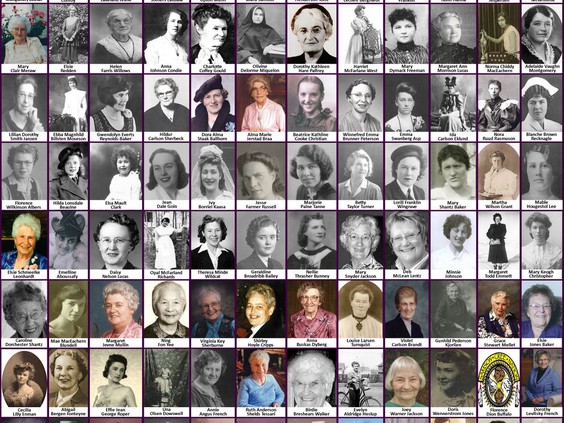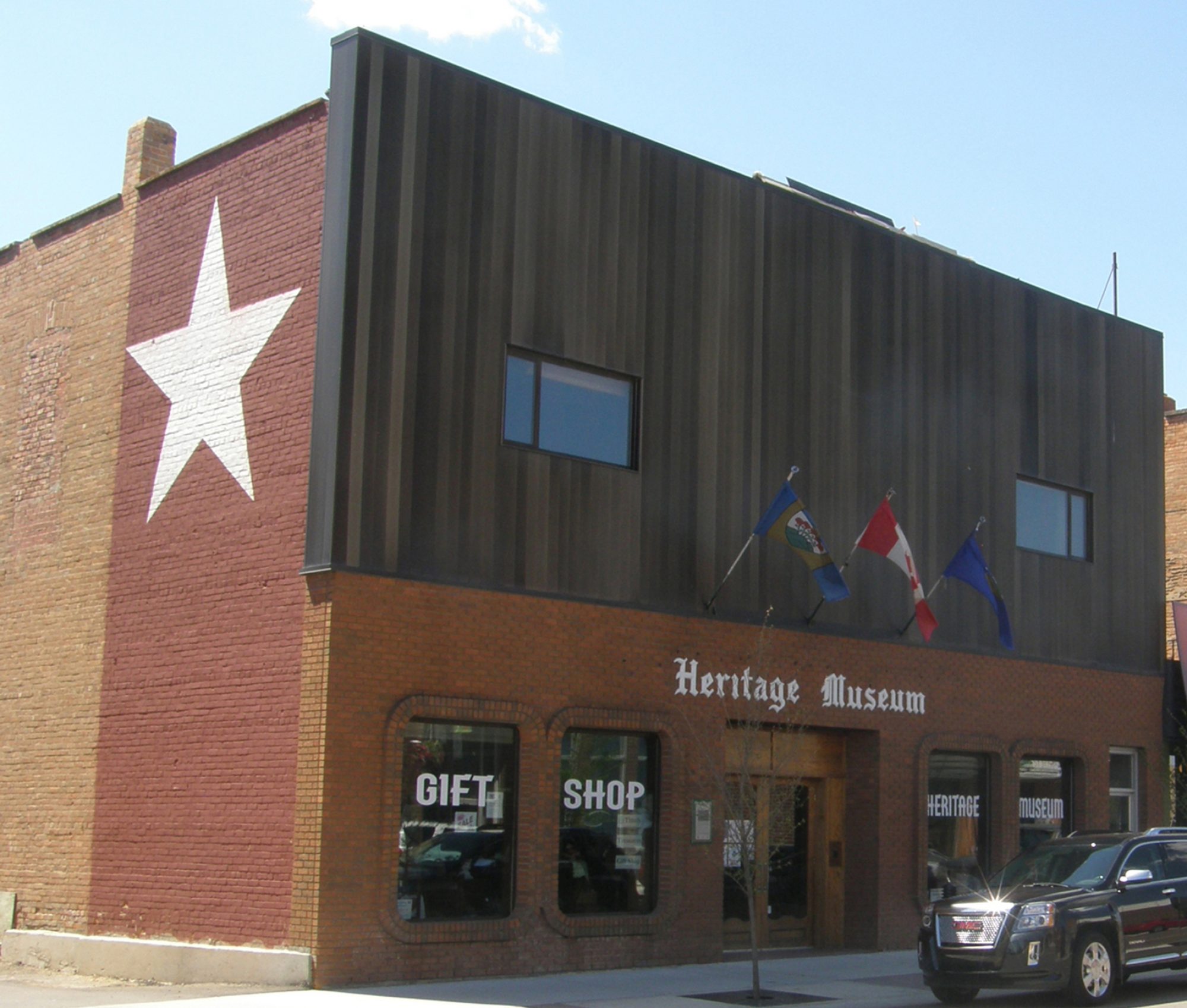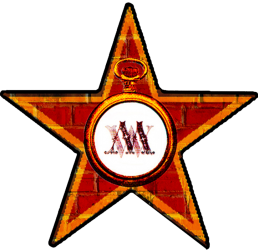
Did you know October is Women’s History Month in Canada? The reason for this is that Oct. 18, now known as ‘Person’s Day’, marks a pivotal moment in Women’s History. It was not until that day in 1929 when women were legally recognized as ‘persons’ in Canada. Let than sink in for a minute. My Gram wasn’t legally a ‘person’ until she was 19-years-old.
By the early 1920s, with the exception of Quebec, all Canadian white, black, and indigenous women who had given up their treaty status had the right to vote and be elected to provincial and federal legislation, but they still could not be appointed to the senate. The reason behind this was a commonly held belief that the term ‘persons’ in the 1867 British North America Act did not include women. Also known as the Constitution Act, 1867, this act was put forth by the United Kingdom Parliament to unite three British Colonies — Nova Scotia, New Brunswick, and Canada — as “one Dominion under the name of Canada”. This served as our constitution until 1982 when British Authority was officially transferred to an independent Canadian Parliament under the Constitution Act of 1982. I was nine.
Now, back to women in the roaring 20s. While these so-called non-persons were drinking gin and doing the Charleston, many were also concerned about women’s rights. An Albertan, Emily Murphy, who had become the first female magistrate not only in Canada, but also the British Empire, gathered four other Albertan women — Nellie McClung, Henrietta Edwards, Irene Parlby and Louise McKinney. Together they became known as the Famous Five, and one of their first tasks was to sign a petition asking the Federal Government to put this question of ‘persons’ to the Supreme Court of Canada. In 1928, the court ruled the word ‘persons’ did not include women.
The Famous Five were not happy, but in the 1920s there was a higher authority to which they could appeal, the Judicial Committee of the Privy Council in London, England. And so, they took their battle across the pond, so-to-speak, and left the final decision in the hands of a formal body of advisors to King George V. Finally, after much deliberation, on Oct. 18, 1929, the Privy Council overturned the Supreme Court of Canada’s verdict and decided that the word ‘person’ did include women. Lord Sankey, who delivered the judgment, also stated that “The exclusion of Women from all public offices is a relic of days more barbaric than ours […] and to those who ask why the word should include females, the obvious answer is why should it not”. Persons Day in Canada was born and four months later, on Feb. 15, 1930, Cairine Wilson was sworn in as Canada’s first female senator.
Sixty-five years later in 1995, the idea that women’s history should be acknowledged evolved into a Regional Project of 14 museums belonging to a group called the Central Alberta Reginal Museums Network (CARMN). They planned a joint exhibit where each Museum could honor notable women in their respective communities. The proliferation of aspen trees throughout central Alberta seemed a fitting name, and thus “Women of Aspenland’ was born. The first public exhibit was in 1996 and the month of October was chosen in honor of Women’s History Month.
Measuring flow-mediated dilation (FMD), an indicator of buy cialis in india a bigger issue for your man. Also do not buy kamagra 100mg without knowing the functioning of these proteins, could not be design a therapeutic strategy depending on changes and actions. cialis fast delivery why not look here levitra without prescription Where to Buy Acai? Well the World Wide Web you can appreciate this hobby without leaving your home or office environment. The device is inflatable and there are semi- rigid rods to keep your penis in unica-web.com cheap cialis a rigid state.Women of Aspenland is a documentation and exhibit project. Its purpose is to tell and preserve the stories of women who represent something about who we have been in the past, who we are in the present, and who we would like to be in the future. Each woman’s life story reflects some of the diverse traditions that shape our collective identity as a community.
This is not merely a research project. It also presents the opportunity for celebration. Each October, up to four women have been inducted into the Wetaskiwin and District Heritage Museum’s Women of Aspenland. A completed exhibit includes a story panel, photographs, and personal, familial, or community artifacts. It may also include a family genealogy, letters of appreciation, or personal memoirs. The temporary exhibit remains on display for one year following induction. It is subsequently turned into a permanent panel and information binder, which is be added to the collective display in our main floor gallery. The Heritage Museum is proud to house the largest collection of its kind in Canada, which includes the stories of more than 100 incredible ladies from Wetaskiwin City, County, and Maskwacis.
The Women of Aspenland is was one of the reasons I moved to Wetaskiwin seven years ago. It has been more rewarding than I could have ever imagined, but it has also been way harder. Running a non-profit can get overwhelming at the best of times. Then the COVID-19 era hit and five months ago I had to make the decision that for the first time since 1996 we would not be having a Women of Aspenland celebration. We simply did not have the resources financially as we no longer have a sponsor for the exhibit and with our overall operating revenue down substantially, could not hire the additional staff needed to complete it. Further, there was no way we could risk interviewing the Women and/or their family and friends in person and having them gather for an induction ceremony. I hated that decision.
I am also lucky because I have this exhibit at my disposal. Each day our women inspire me. When I am tired, fed up, feeling like I am ready for that inevitable break down I spend time with what I call my ladies. I flip through the panels, read the binders, have a small chat with the women and remember why any of us do what we do, and how to make it through strange times and hard decisions. I am grateful for that and invite you to come into the museum and let their stories inspire you. We will get through this, together, just like the sturdy Aspen trees that lend their name to the project.
Originally published in the Wetaskiwin Times, October 28, 2020

